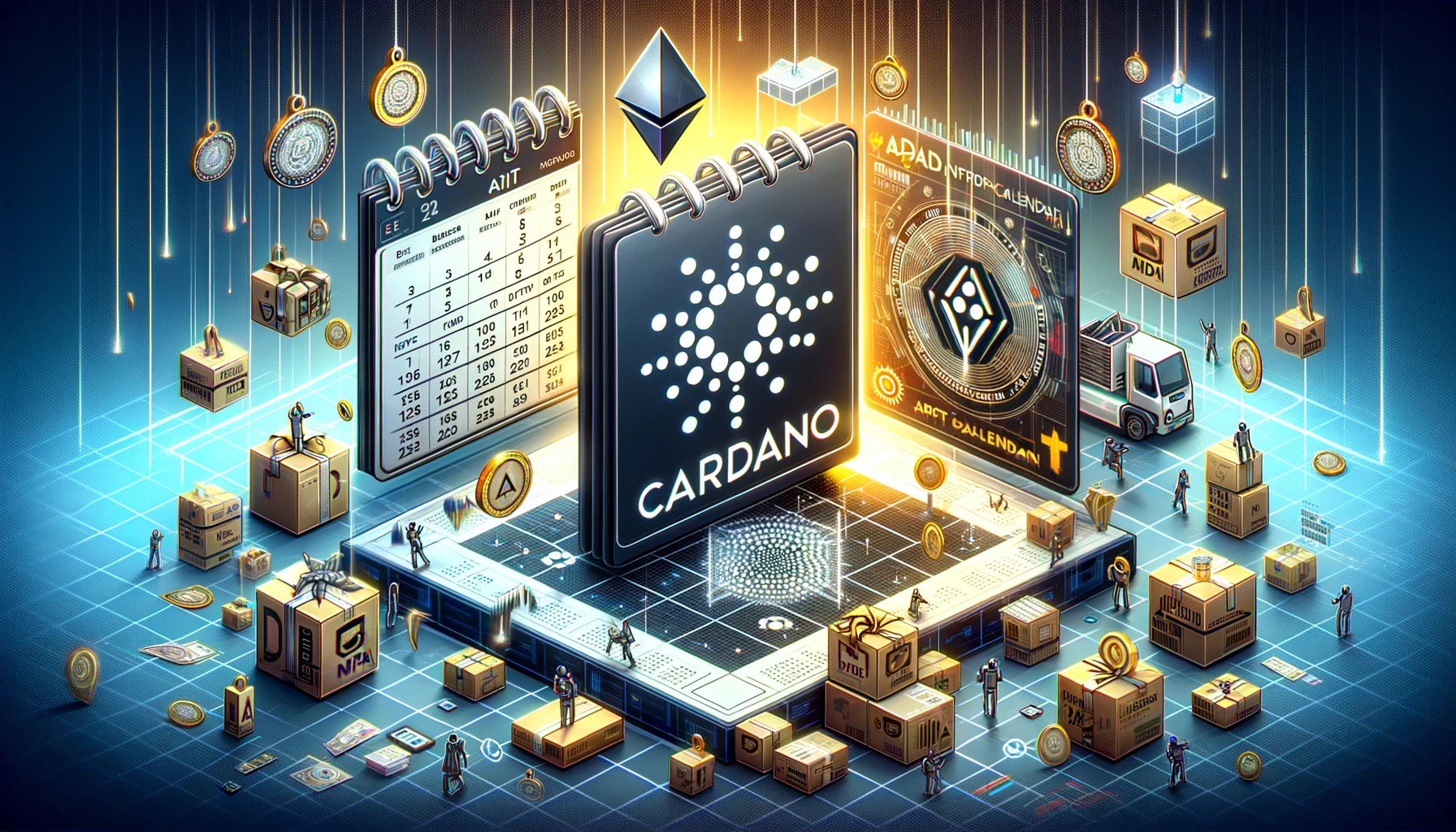Breaking Down the VeeFriends $50 Million Seed Round With a16z
July 29, 2022 - 8 min read
This article covers the VeeFriends seed round with a16z - what I think it's worth, why I think Gary V made the move, and what it means for NFT holders.

It was announced today that Gary Vaynerchuk raised a $50 million seed round from A16z for his VeeFriends NFT project.
I’ve noticed in both Discord and Twitter (Gary’s advice to read comments is spot on) that a lot of people are surprised and intrigued by the move. Because of all the questions, I decided to write about it and offer my take.
Those who have followed Gary for a long time are aware that he started VaynerMedia out of a Buddy Media conference room and bootstrapped the business to over 1,500 employees and over $130 million in revenue annually.
The employee and revenue numbers aren’t exact, but that’s the best estimate I could find online.
Gary strategically started a service business in order to grow without taking investment and was able to scale VaynerMedia significantly.
Because he had success bootstrapping a business, a lot of people are curious about this seed raise.
However, VeeFriends is not a service business, it’s an IP business.
Let’s dive into the deal, what I think it was valued at and why Gary V made the move.
How Much Revenue Has VeeFriends NFTs Generated in Total?
Using Etherscan transaction data and OpenSea sales history, we estimate that the VeeFriends NFT project has brought in ~$59 million in revenue since launching.
Let’s break down how I got there:
Veefriends Series 1 brought in $29 million in primary sales, which can be found by looking at Etherscan transactions from the VeeFriends auction contract.
The primary auction sales brought in 7,487.32 ETH.
But that’s not all.
OpenSea shows a total sales volume of 55,255.77 ETH, which means there have been 47,768.50 ETH in secondary sales.
Guestimating an average ETH price of $2,000, that’s $95.5 million in secondary sales.
With a 10% royalty on each NFT sale, that’s $9.55 million in additional revenue to VeeFriends from the secondary market.
VeeFriends Series 2 has brought in 28,000 ETH in total sales volume, with the mint responsible for ~18,610 ETH (the VeeFriends Series 2 mint price was 0.335 ETH + gas).
There was an auction for emerald specs, so that number is a little higher, but for simplicity, we will use the average mint price.
At the time, 0.335 ETH was about $1,000, so VeeFriends Series 2 brought in about $18.61 million in revenue.
There has been 9,390 ETH in secondary sales, which is $18.78 million at an average ETH price of $2,000.
With the 10% royalty fee, that’s another $1.87 million in revenue to VeeFriends.
This does not count revenue-sharing agreements from collabs like Mattel UNO, zero cool premium trading cards, and others, but that revenue is small in comparison to the NFT sales.
For example, zero cool premium trading cards were limited to 1,000 boxes and sold for $2,500 each.
That’s $2.5 million in revenue from premium trading cards, but no royalties on the secondary market and a rev-share with zero cool.
It’s unclear what the revenue share model was but I’d guess the VeeFriends cut was around ~$1 million.
What Was the VeeFriends Valuation During This Seed Round With a16z?
It’s probably very difficult to come up with a valuation for an IP-driven company that earned the majority of its early revenue through one-time events like primary NFT sales.
While VeeFriends NFTs have earned about $59 million in direct revenue, it was led by the primary sales of VeeFriends Series 1 and VeeFriends Series 2, which is not repeatable (unless you really want to see VeeFriends Series 3 and 4 in 2023).
In short, the $29 million earned from the initial VeeFriends Series 1 sale is a one-time deal, meaning revenue must be driven through secondary sales and IP development.
Before we go any further, please note that this is all speculation. I really like Gary and the project, so it’s fun for me to write about, and lots of people are asking these questions.
It’s pretty clear that Gary would not give up any more than 49% of VeeFriends during any fundraising event.
I would venture a guess that some members of his team have equity (he’s said before that he gives his operators 5–10% equity) so he probably had at least 90% equity and wants to maintain majority control to drive the vision and direction of the project.
In any scenario, Gary would want to control at least 51% ownership in VeeFriends.
If 10% is gone to a key operator or two, that leaves 41% to any investors.
I’m assuming he’d want to keep back equity for future rounds (he said it’s a 55-year play) so I’d estimate he sold 15% — 20% equity stake maximum.
He raised $50 million, which would put his valuation between $250 million and $333 million.
However, there is a comp (comparative deal) we can look at: Yuga Labs.
Yuga Labs, the creators of Bored Ape Yacht Club, raised $450 million at a $4 billion valuation.
That investment took 11% ownership in Yuga and if VeeFriends executed a similar deal, that would mean Gary V likely sold 11% of VeeFriends ownership for $50 million, meaning VeeFriends was valued at $454 million.
As another comp, Reese Witherspoon’s Hello Sunshine (produced The Morning Show and Little Fires Everywhere, among other community-driven content) was acquired for $900 million, after driving $65 million in revenue.
That’s 13.8x revenue!
My estimate of the VeeFriends valuation at $454 million is 7.69x revenue, which makes sense given that the project will need to drive revenue outside of primary NFT sales.
Again, I don’t know if these numbers are anywhere near close to the structure of the actual deal, but it is my best guess with relevant comps.
PS — all the logic I just used to guestimate a valuation is based on learnings from following Gary V’s advice and going garage saleing. The dynamics of eBay buying and selling are strikingly similar to buying, selling, and valuing companies (in my limited experience).
Why Did Gary V Raise a Seed Round for VeeFriends?
My best guess is that Gary wants to play offense.
Building an IP brand (VeeFriends) is much different than a service-driven business (VaynerMedia).
You can almost raise money by offering services with your skills (read: minimal investment) and reinvest the profit into products or more advanced services.
But with VeeFriends, the initial raise from primary sales is over (for now) and the revenue generation by popularizing the IP begins.
I’m unfamiliar with what it takes to build IP like this, so let’s look at a mature company like Disney:
Disney’s operating expenses were $71.19 billion in their 2022 fiscal year and revenue was $76.62 billion. Their profit margins are small, leaving little room for error.
IP may be more capital intensive, but the $50 million gives Gary V the capital to execute and not be fully reliant on secondary sales during a macro dip in the crypto and NFT markets.
What’s more, is that if NFTs become securities, perhaps Gary V uses this same valuation to do profit-sharing with holders (11% back to holders). Given the small margins on IP building as indicated by Disney, this is pure speculation.
Despite this, a lot of people may be wondering why a company that brought in nearly $60 million in revenue needs additional funds.
To put it simply, secondary sales won’t drive anywhere near the same returns as primary sales in the short term.
The added investment is security that can allow Gary to be patient and strategic and deploy capital to keep the momentum going before a Series 3 or 4.
In my opinion, this is great for holders, and I think is a phenomenal bet by a16z.
This allows Gary V to operate and not have to focus on short-term revenue development and let the long-term IP development play out.
Closing Thoughts
Just remember, all of this is speculation. I don’t know the deal structure and I’ve never spoken to Gary or his team about it.
Writing helps me sharpen my own business acumen and this is a good case study to think through.
My initial reaction is that it’s something I wouldn’t have done, but I work in the software world.
My guess is Gary sensed it was time to go on the offense and felt that it was a strong deal with good partners to give him the capital to execute his vision and bring value to holders, which in turn drives secondary sales and more revenue generation.
At the end of the day, investment / no investment doesn’t matter. It’s all in the execution at the hands of the operator.
So for holders, I think it’s a good sign if you believe in Gary because it can help him accelerate the development of the project.
One day, if it becomes legal to do so with NFTs, profit-sharing would send the value of these tokens up in a big way. But for now, it’s not something that is allowed.
Newsletter
Enter your email address below to subscribe to my newsletter
latest posts





